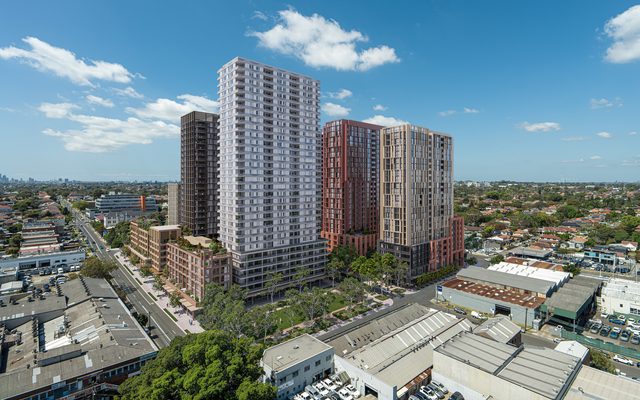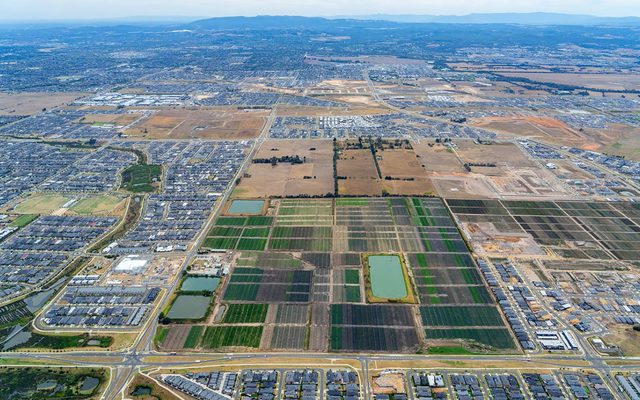This article is from the Australian Property Journal archive
THE starter’s gun has been fired on national cabinet’s ambitious National Housing Accord, with the Albanese government conceding that delivering the target of 1.2 million “well-located” homes across the country over five years, at a time of difficult construction and economic conditions, is a “challenge”.
The National Housing Accord will run concurrently with Housing Australia Future Fund, which aims to deliver 20,000 social and 10,000 affordable homes, and the National Housing Accord Facility, aiming to deliver another 10,000 affordable homes.
Pressure has been piled on the government to find solutions to solve the housing and homelessness crisis, which has been driven by a huge mismatch between supply and demand. Vacancies have been forced down to historic lows, driving rents up, and affordability has been stretched in the housing market, making housing increasingly difficult to access.
However, the National Housing Accord target is considered farfetched by analysts and the government’s own Albanese government’s National Housing Supply and Affordability Council given chronic labour shortages and high materials costs in the construction industry, and high interest rates and planning red tape.
“We know this is a challenge, but it’s a challenge we have to meet,” a statement from Housing Minister Julie Collins said.
“We need to build more homes, more quickly, in more parts of the country.
“Building more homes is the best way to address Australia’s housing challenges.”
Australian Bureau of Statistics data shows only 963,064 homes were completed over the last five years.
BuildSkills Australia estimates the country faces the impossible task of finding 90,000 extra tradies to meet the targets, which would require on average around 60,000 homes delivered each quarter.
May’s federal budget included a $91 million investment to increase the building and construction workforce numbers.
Property Council chief executive Mike Zorbas said “we need to lift our games” in the build-to-sell and build-to-rent, retirement living and purpose-built student communities and social housing segments.
“Today is a very big day – hopefully the start of 1.2 million well located homes rising out of the ground by 2029,” Zorbas said.
“Australia is land rich but government taxes on housing, slow planning systems, high borrowing and materials costs and dire skill shortages make us wooden spooners on housing supply.
“Led by the federal government, we are finally starting a coordinated national and state planning effort after decades of neglect.
“We need all our politicians to have an Olympian mindset. We need our 1.2 million home target and we need to apply increasing amounts of federal money, state resources and an attitude of ‘yes’ to hit that target.”
The Albanese government is again at loggerheads with the Greens and Coalition over housing supply legislation. Last week, the Greens and opposition voted to split tax changes out of Labor’s build-to-rent bill, which would lower the managed investment trust (MIT) withholding tax for build-to-rent assets to the same level as other asset classes. Affordable housing would need to make up 10% of projects, and the Greens made a last-minute demand that 100% of build-to-rent housing would be classed as affordable.
Modelling from EY, commissioned by the Property Council, has shown that implementing a 15% MIT withholding tax rate and an incentivised rate of 10% for projects with affordable housing could deliver 160,000 homes over 10 years.




